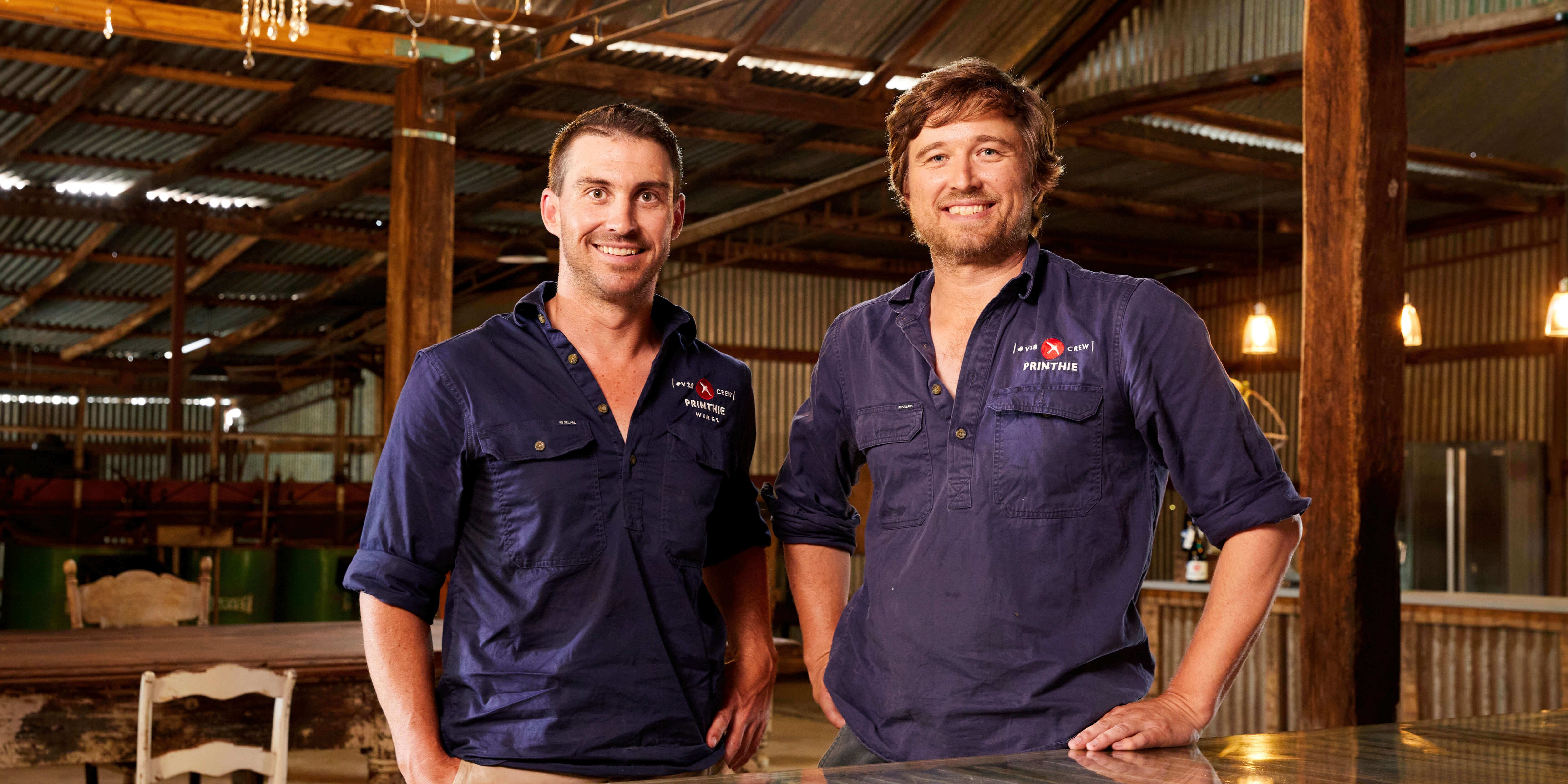When just one fibre access node on the Richmond River failed during the 2022 floods, 80,000 people in Northern New South Wales had no way to communicate.
That node was many metres underwater and that was the responsible piece of single point infrastructure that meant 80,000 people in the Northern Rivers had no telecommunications or internet for, in some cases, many weeks.
Geoff Summerhayes, Chair of Zurich Insurance, Chair of Beyond Zero Emissions, and Senior Advisor of Pollination
The story of infrastructure failure during the floods was a point of discussion for a panel of sustainable finance experts during the AdaptNSW Forum 2022.
Natural disasters cost the Australian economy $38 billion a year – and even under a low emissions scenario, this cost is expected to increase to $73 billion by 2060.
These numbers keep finance and insurance industry leaders up at night.
How do we ramp up the investment in resilience and adaptation activities as the cost of rebuilding continues to rise? And how do we ensure that every dollar going out the door increases our resilience to climate change?
“There is a huge appetite from investors to invest in adaptation finance like climate bonds,” said Sharanjit Paddam.
The Principal of Climate & ESG Risk with Finity Group, Sharanjit was awarded 2022 ANZIIF Insurance Leader of the Year for his decade-long work to raise awareness of climate change considerations in insurance decision-making.
Sharanjit was joined by Geoff Summerhayes, Chair of Zurich Insurance and a former board member of the Australian Prudential Regulation Authority, and Emma Herd, EY Partner and former CEO of the Investor Group on Climate Change.
Insurers have amassed high quality climate risk data and are, as Geoff noted, a valuable source of “risk intelligence” that can help the finance sector with capital allocation.
But adaptation at scale will require “investible instruments” – in other words, financial products that investors can purchase to potentially earn a return.
Green finance volumes passed the US$4 trillion mark in the first half of 2023, according to the Climate Bonds Initiative. Around $13 billion of green bonds were issued in the first half of 2023, according to the Reserve Bank, to fund clean transportation projects, energy efficiency projects and green construction. But capital raising usually starts at the “half a million-dollar mark,” the panel agreed, and that shuts out the many small adaptation projects.
Another challenge for the finance sector is that “adaptation is fundamentally a local thing,” Sharanjit observed. Individual houses, precincts and suburbs must be adapted but “it’s hard to get scale” when each is bespoke. The finance sector is looking to identify “common themes” that can be funded through the same mechanism to support scale.
Big questions for sustainable finance
Adaptation is an “incredibly dynamic and shifting – literally – environment,” said Emma Herd. As the co-chair of the Australian Sustainable Finance Institute’s sustainable finance taxonomy project, Emma says the finance sector needs a shared definition of resilience “to the letter, to the word” so it can build financial products.
“What are we financing for? Where is the money going? Who is it going to? How do you generate a return?” These are just some of the big questions that are yet to be answered.
The federal government is currently undertaking a review to understand national priorities for climate adaptation action, Emma noted. This will be “source material” that will “identify risk hotspots” and enable the finance sector to “target investment”.
But the list of investible items is currently “nebulous” and could be anything from a seawall to a mangrove plantation to a state-of-the-art air-conditioning system.
While we know adaptation reduces exposure to risk, “how do you price or build a financial instrument around that differential in performance as a result of increased resilience?” That’s another big question that must be answered “before we even get into the conundrum of what resilience is.”
Then, there is the question of who pays for adaptation. Relying on finance “means our children are going to pay for it, because ultimately we are borrowing the money,” Sharanjit observed. If governments invest, they must raise taxes “and that means we pay for it now”. Whichever way we look at it, adaptation activities come with a cost.
That shouldn’t stop private companies from allocating capital because those that do “are proving to be more resilient, more agile, to have less business interruption” when disaster does strike, Emma added. This may be less spoiled stock in a flooding event or more flexibility to respond to energy price shocks. Whatever it is, “they are losing less money as a result and outperforming their peers”.
Clear calls to action
Climate adaptation is a new area of finance, and we shouldn’t be surprised of issues to iron out, Geoff Summerhayes said. “You'd expect it not to be perfect.” There are several steps that the private sector can take while the system takes shape:
- Leverage existing structures: Most private sector organisations have “pretty sophisticated” risk control management system policies and processes, established risk registers and dedicated resources that can be leveraged, said Emma. The opportunity for businesses is to upskill teams so they can begin “hardwiring” climate change risk factors into their jobs.
- Allocate the right resources: Adaptation initiatives in many companies follow a similar trajectory: the “quick wins or the low-hanging fruit” are ticked off; some “keystone initiatives” are implemented and “a lot of reporting gets done inwards, upwards, outwards,” Emma said. Reports are rarely shared with the right people, and the “really big investment decisions” are not made around the “systemic and structural changes” required for companies to adapt.
- Partner for powerful results: “Don't go it alone,” Sharanjit suggested. Climate adaptation is a “multi-stakeholder” and a “multi-system problem” that no one will solve in isolation. In fact, the risks of “maladaptation” when companies act in isolation is very real. “I do believe, in the future, that climate will be an area of competition, and that companies will compete for green credentials. But right now, in terms of adaptation and solving the problems, there is so much more to be said for collaboration.”
- Don’t wait. “Let’s not make the perfect the enemy of the good,” Emma added. Rather than running “endless scenario analysis”, take the key insights to act and invest now.
Be bold. The climate half-life is very short... Push the boundaries because what seems radical today will be accepted practice. That’s how quickly its moving.
Geoff Summerhayes, Chair of Zurich Insurance, Chair of Beyond Zero Emissions, and Senior Advisor of Pollination
The AdaptNSW Forum 2022, held in partnership between the National Environmental Science Program and the NSW Government’s Office of Energy and Climate Change (OECC), attracted around 330 attendees and 85 presenters. Join the conversation in 2023 for two days of discovery, collaboration and innovation from 4-5 December. Register today for the AdaptNSW Forum 2023.
For more content, check out the Adapt2022 Forum session summaries.
Articles
Learn how Moodji Farm brings intergenerational collaboration to address climate change, support Indigenous heritage and build social resilience in Bermagui.
This collaboration between NSW DPI and the Redmap project demonstrates how marine species are responding to climate change and shows how citizen science can engage communities in conversations about climate adaptation.



